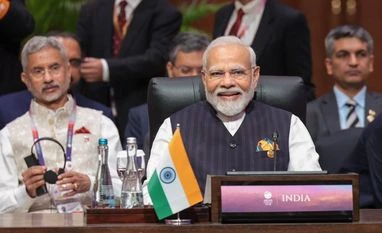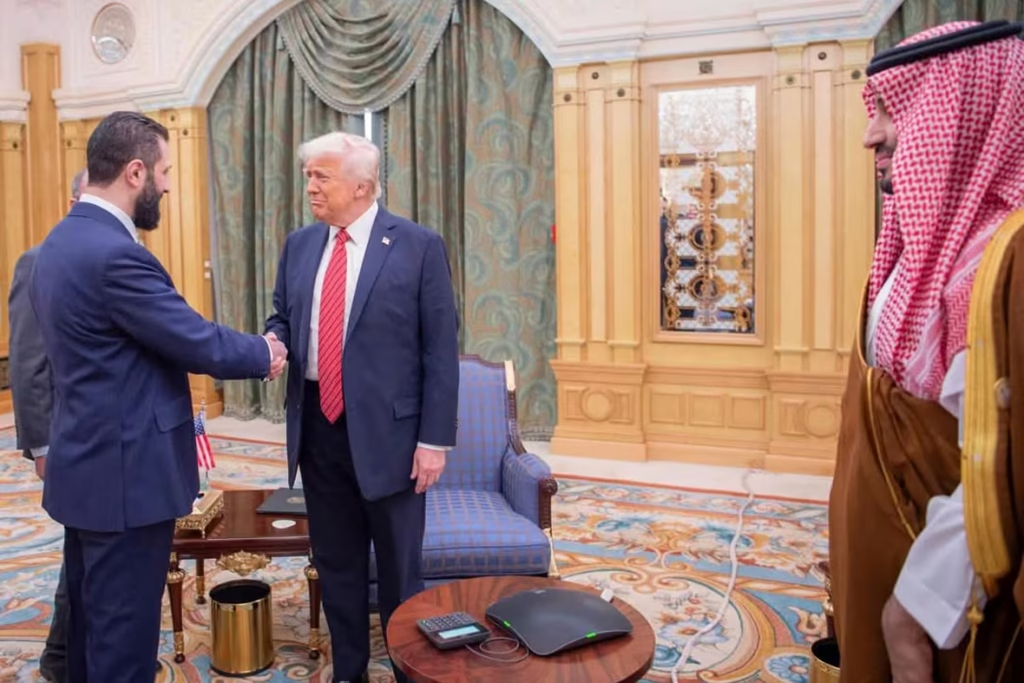Prime Minister Narendra Modi’s decision to attend the ASEAN‑India Summit online underscores a strategic balancing act: sustaining India’s Indo‑Pacific momentum while honoring the cultural and political rhythms at home. The timing coinciding with Diwali festivities and the Bihar election push highlights how domestic priorities now shape the choreography of India’s external engagements without diluting core strategic goals.
Why virtual participation still matters
In 2025, virtual diplomacy no longer implies reduced influence; leaders regularly blend in‑person and online formats to maintain cadence across multiple fronts. For New Delhi, a virtual keynote preserves continuity on connectivity, supply‑chain resilience, and security dialogues, while senior ministers and officials deliver the in‑room follow‑through. The net effect: India signals presence, protects bandwidth for domestic commitments, and keeps ASEAN tracks on schedule.
The Diwali and Bihar context
Diwali is a national moment that amplifies social outreach and governance messaging, and in an election season its symbolism dovetails with campaign narratives. Bihar’s campaigns demand time on the ground, rapid response to local issues, and calibrated coalition management tasks that rarely travel well during multi‑day foreign summits. By dialing in virtually, the Prime Minister safeguards electoral focus and cultural visibility while avoiding diplomatic absenteeism.
What this means for ASEAN‑India priorities
- Trade and investment: Expect continuity on tariff rationalization, digital trade norms, and rules‑of‑origin clarity to reduce re‑routing and lower compliance friction for MSMEs.
- Supply chains and manufacturing: The emphasis remains on trusted value chains, standards interoperability, and “friend‑shoring” of critical components, especially electronics, pharmaceuticals, and EV ecosystems.
- Connectivity and corridors: Maritime links, air‑cargo lanes, and fintech rails take center stage as India positions its eastern seaboard as a staging area for ASEAN trade flows.
- Security cooperation: Maritime domain awareness, HADR (humanitarian assistance and disaster relief), and counter‑terror financing continue as core deliverables, with incremental progress via working groups and exercises.
Optics vs outcomes
In‑person summits offer handshake diplomacy and corridor deals; virtual addresses prioritize agenda discipline. But most ASEAN deliverables are hammered out in sherpa tracks, ministerials, and technical committees months in advance. A virtual format does not stall MoUs or roadmaps; it shifts the weight to execution teams and post‑summit tasking, where India has quietly improved cycle times.
Domestic politics: the calculus
- Ground game in Bihar: Rallies, local alliances, and policy rollouts benefit from physical presence and rapid iteration especially in a competitive state with complex caste arithmetic and development priorities.
- Cultural signaling: Leading national events during Diwali reinforces a unifying narrative around growth, welfare delivery, and social cohesion complementary to the electoral cycle without appearing overtly partisan.
- Bandwidth management: Avoiding a long overseas swing reduces scheduling risk, ensuring the leadership can pivot quickly if campaign dynamics shift.
ASEAN expectations from India
- Market access clarity: Businesses want predictable tariff schedules, SPS/TBT standards alignment, and faster dispute resolution.
- Digital and data: Fintech interoperability, cross‑border payments, and privacy‑aware data flows can unlock SME trade and tourism recovery.
- Green transition: Joint work on biofuels, green hydrogen standards, and grid‑balancing tech integrates sustainability with industrial policy.
- People‑to‑people: Education, skilling, and healthcare cooperation deepen goodwill while building talent pipelines for regional supply chains.
Risks and how India can mitigate them
- Perception gap: Critics may equate virtual presence with lower priority. Proactive post‑summit outreach joint readouts, ministerial briefings, and time‑bound action lists can neutralize this.
- Missed bilateral: Schedule high‑impact virtual bilateral within 48–72 hours, backed by concrete deliverables like market access pilots or pilot corridors.
- Execution lag: Publish a public dashboard of milestones (tariff lines cleared, corridor timelines, capacity‑building cohorts) to keep momentum visible and verifiable.
Actionable next steps for policymakers
- Lock post‑summit sprints: 30‑, 60‑, and 90‑day deliverable windows for trade facilitation, digital payments linkages, and customs single‑window pilots.
- Elevate east‑coast gateways: Fast‑track port upgrades, ICDs, and cold‑chain nodes tied to ASEAN lanes to reduce dwell time and improve reliability.
- MSME on boarding: Launch an ASEAN market‑readiness program standards, documentation, and logistics playbooks to help smaller firms translate policy into orders.
- Travel and talent: Expand e‑visa reciprocity, student and researcher exchanges, and targeted tourism campaigns tied to new aviation links.
What businesses should do now
- Reassess ASEAN channel mix: Combine distributors in hub economies with direct‑to‑retail pilots where margins justify localized inventory.
- Price for speed: Use bonded warehouses and multi‑modal options to compress lead times and win on reliability, not just unit cost.
- Compliance readiness: Pre‑align documentation for rules‑of‑origin, e‑invoicing, and product standards to minimize border friction when policies tighten.
- Risk hedging: Diversify counterparties and freight routes to cushion against policy swings, weather disruptions, or port congestion.
FAQs (for search intent)
- Why is Modi attending the ASEAN‑India Summit virtually? To balance Diwali engagements and the Bihar election calendar while maintaining strategic continuity with ASEAN.
- Does virtual attendance weaken India’s ASEAN ties? Not necessarily; deliverables are driven by ministerials and working groups, and virtual participation can still catalyze outcomes.
- What outcomes should we expect? Incremental progress on trade facilitation, digital payments connectivity, supply‑chain cooperation, and security working groups.
Bottom line Virtual participation reflects strategic time management, not strategic retreat. By keeping ASEAN priorities on track while staying present for Diwali and Bihar, New Delhi is betting that disciplined execution and swift post‑summit follow‑through matters more than a single photo‑op. For businesses and policymakers alike, the signal is clear: keep building the bridges, and make them carry more traffic, faster.


